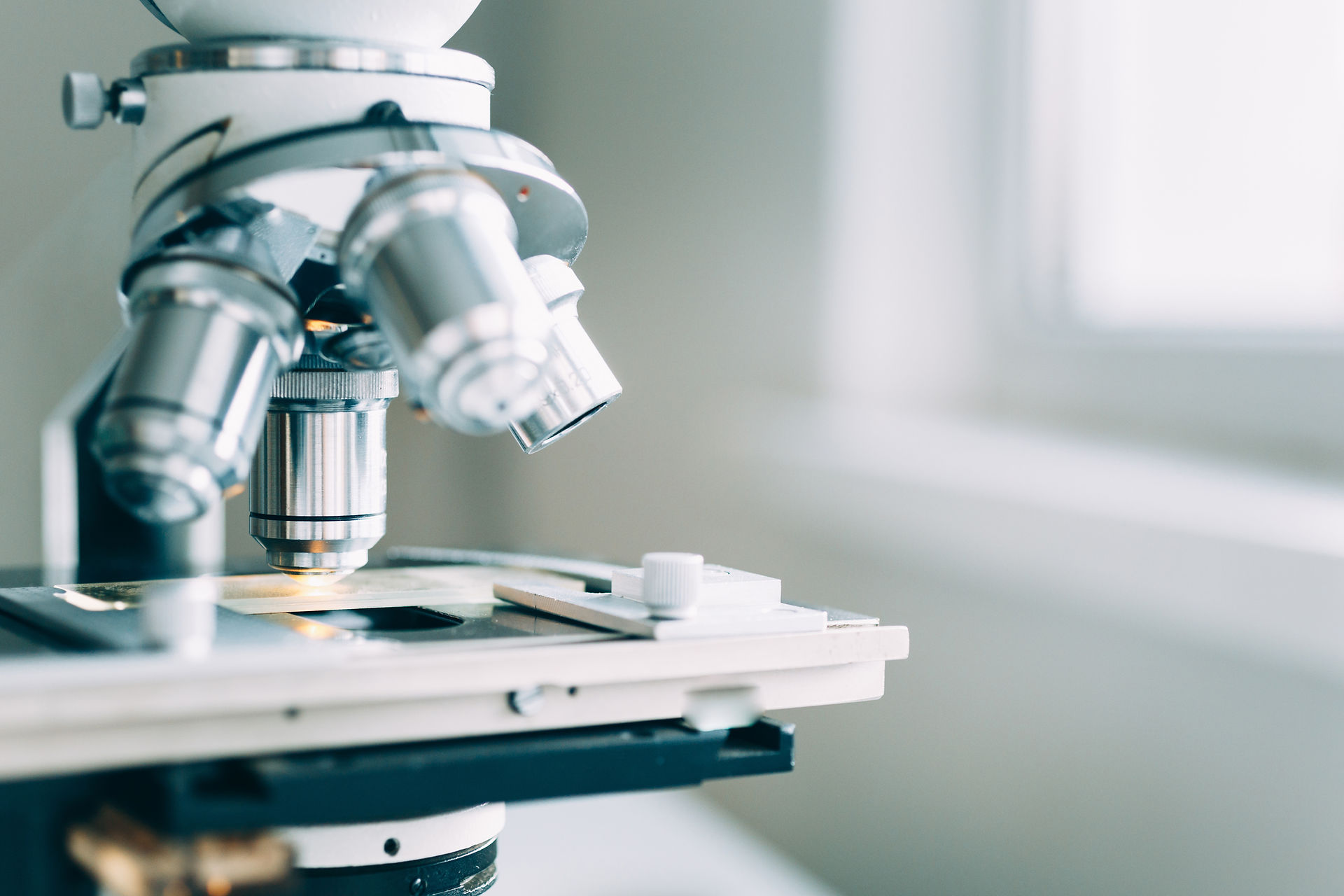Solar Panel Splits Water to Produce Hydrogen: Scientist have successfully split water into hydrogen
- IIChE-GVPCE(A) Student Chapter

- Nov 26, 2021
- 2 min read
Solar panels are multiplying on rooftops and in gardens worldwide as communities are hungry for renewable electricity. But engineers in Belgium and Japan say the panels could do more than keep the lights on—they could also produce hydrogen gas , allowing families to heat their homes and lot more.
A research team in Belgium says its prototype panel can produce 250 liters of hydrogen gas per day
A research team from the katholieke university situated in Belgium developed a model of solar panel that can convert sunlight directly into hydrogen using moisture in air.
The model takes sunlight and splits into hydrogen and oxygen molecules. The solar panel measures 1.65 meters long roughly the height of a kitchen refrigerator and has a rated power output of about 210 watts. The system can convert 15 percent of the solar energy it receives into hydrogen.
Shinshu University of Japan provided their model with aluminum-doped strontium titanate as a photocatalyst, whose properties have been extensively studied and therefore the best understood. They choose co-catalysts rhodium for hydrogen with chromium oxide, and cobalt-oxide for oxygen, by fine-tuning them to engage in only desired reactions. This method made possible for the reaction to have no recombination losses. Their design strategies succeeded in reducing defects that lead to near perfect efficiency
Hydrogen is a very efficient fuel and is used widely all over the world every passing day. Hydrogen, burns clean unlike petrol-based energy products and unlike fossil fuels ,it doesn’t produce greenhouse gas emissions or air pollution when used in fuel-cell-powered vehicles or buildings. Yet nearly all hydrogen produced today is made using an industrial process that involves natural gas, and this ultimately pumps more emissions into the atmosphere.
Researchers were not being specific about their technology background but added that this prototype is actually made by using “cheap rawmaterial”, and involved thin film catalysts made from manganese (III) oxide, and a poly (vinyl alcohol) anion exchange membrane involving a potassium hydroxide solution and nickel-based catalysts.
Once this prototype gets its backbone done it will allow thousands of families to use “green” hydrogen.
SOURCE:
Solar Panel Splits Water to Produce Hydrogen – IEEE Spectrum” https://spectrum.ieee.org/amp/solar-panel-prototype-splits-water-to-produce-hydrogen-2650278181
“Solar hydrogen production: Splitting water with UV is now at almost 100% quantum efficiency – ScienceDaily” https://www.sciencedaily.com/releases/2020/06/200603104547.htm




_edited.png)





Comments